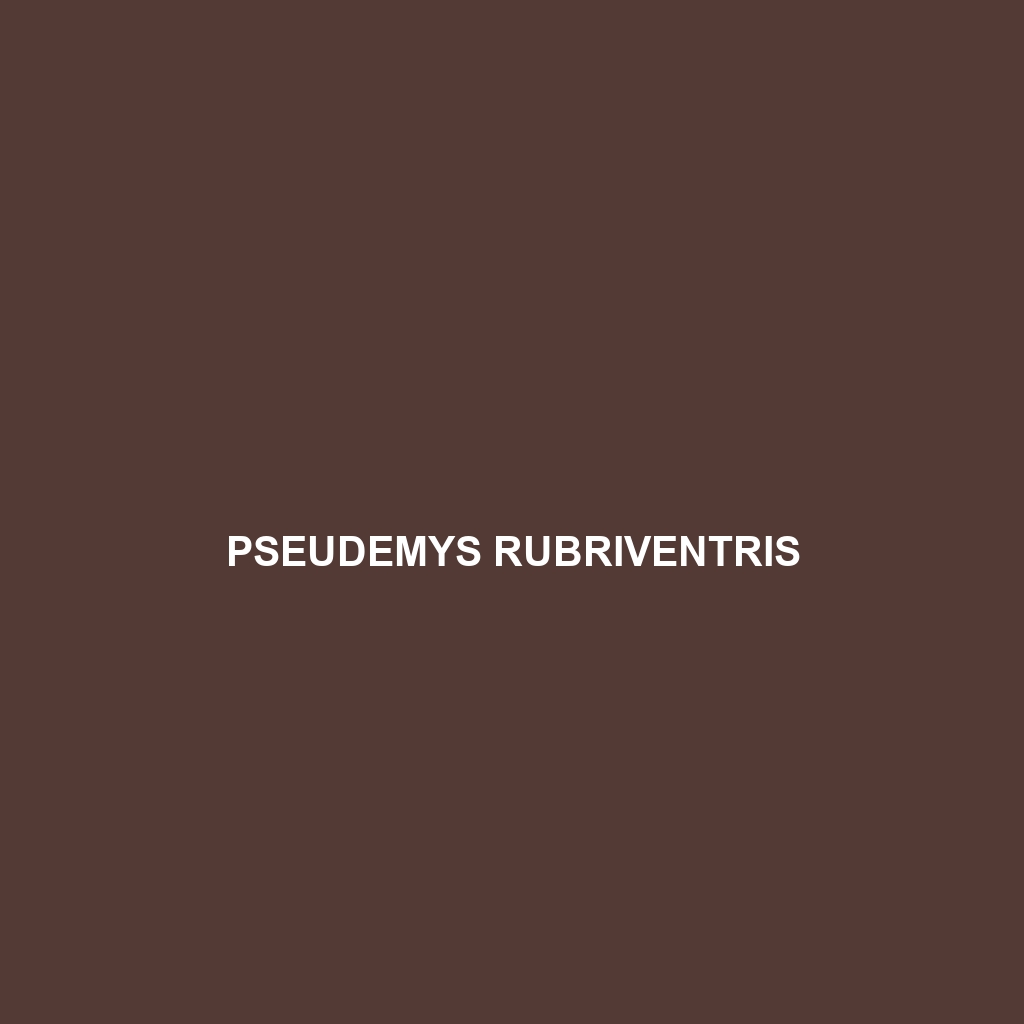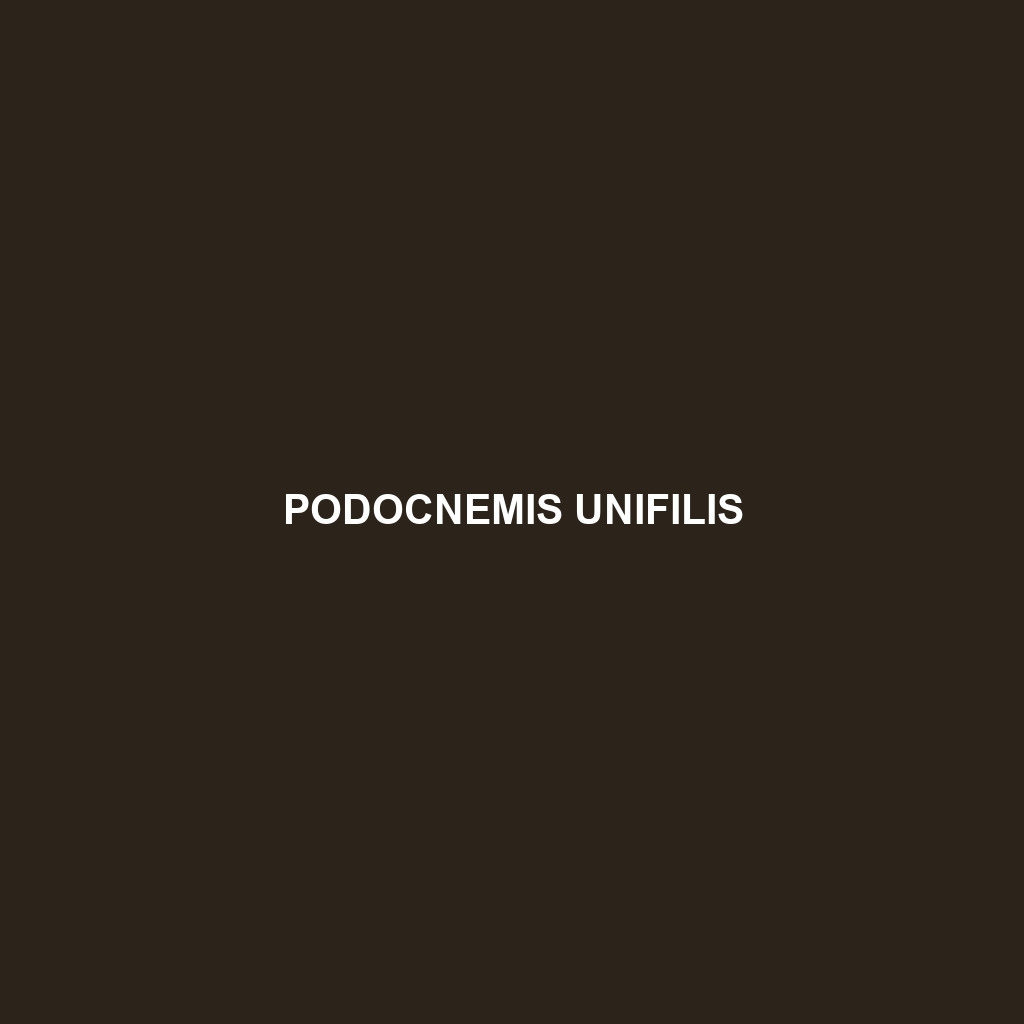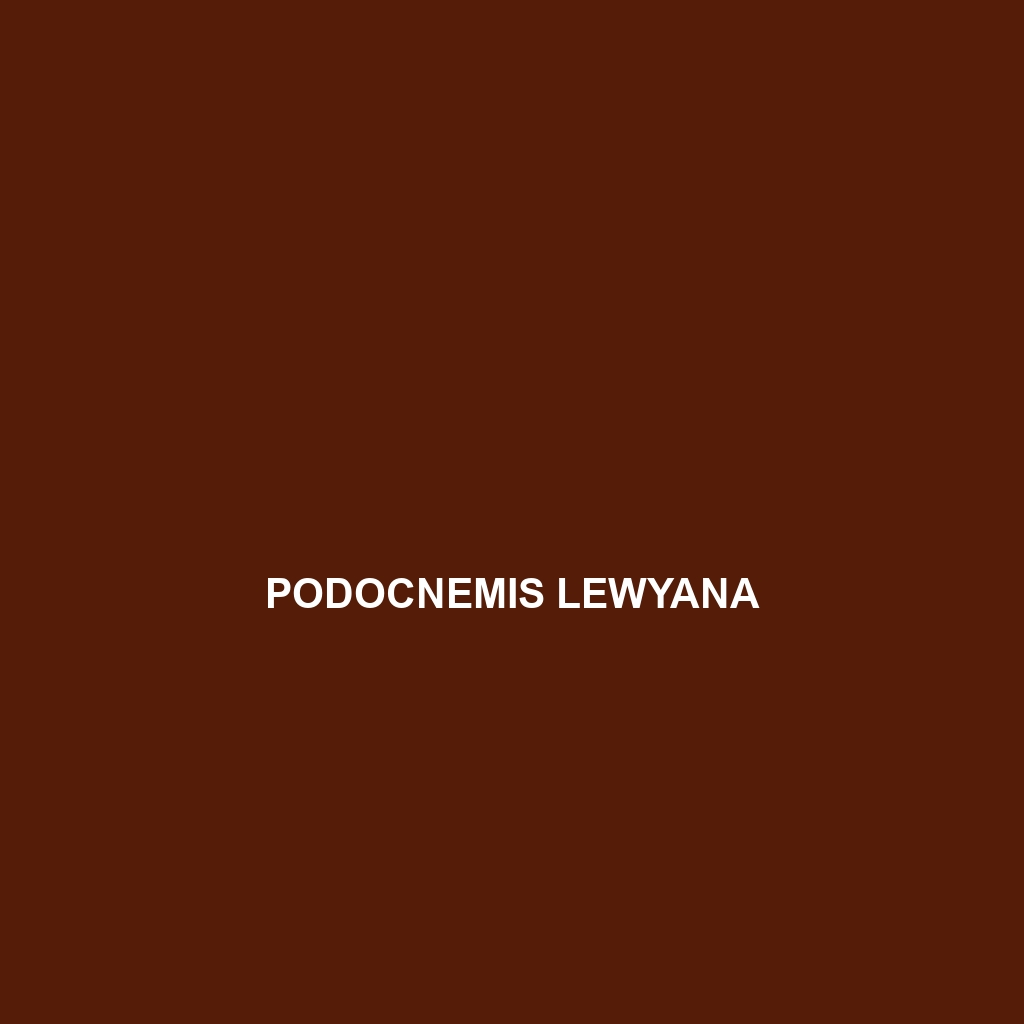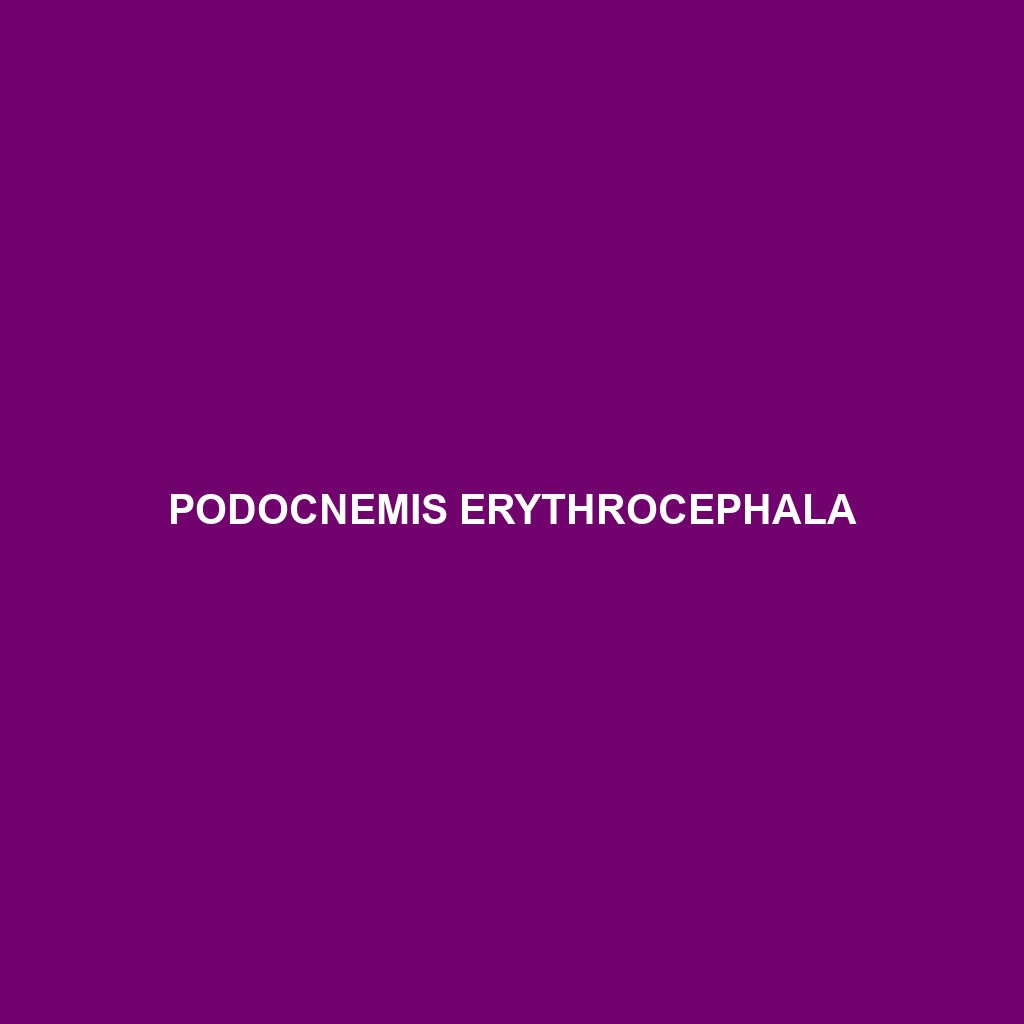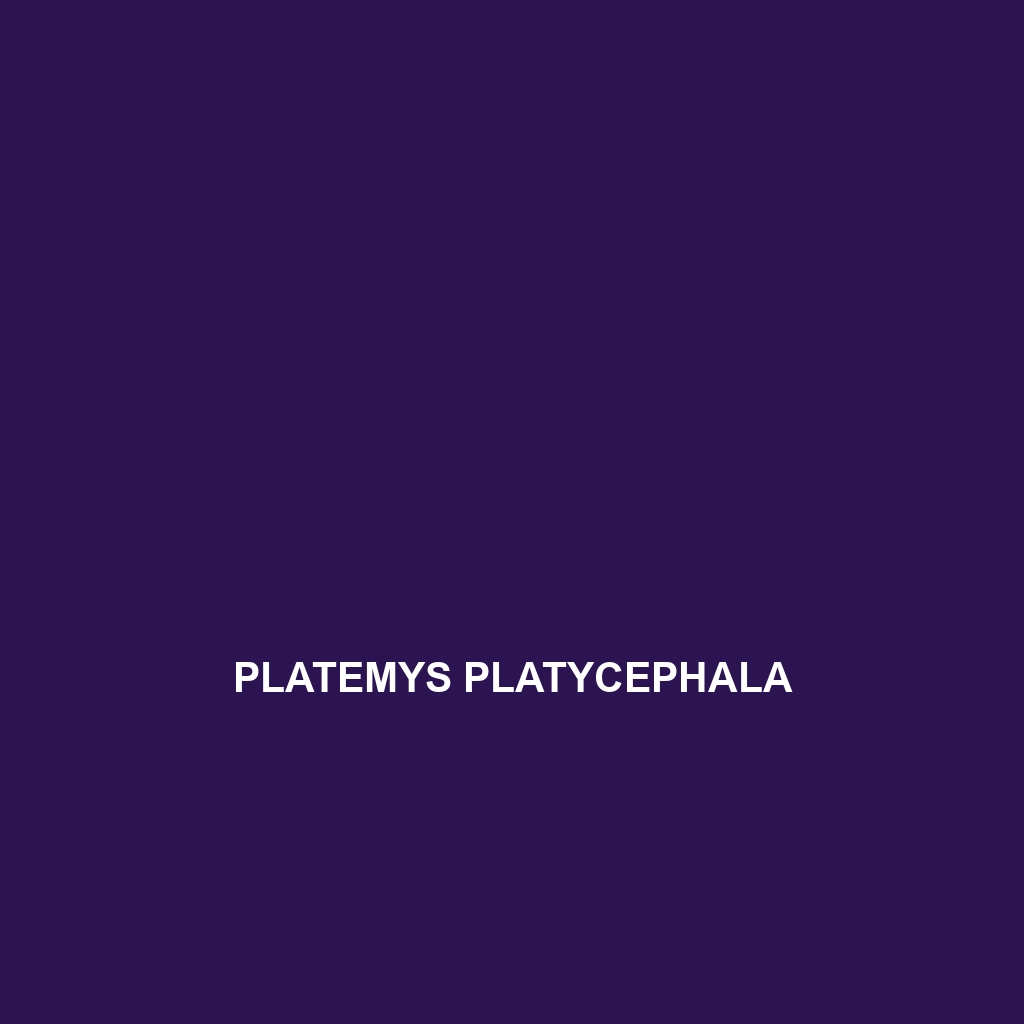<p><b>Pseudemys texana</b>, or Texas river cooter, is a diurnal freshwater turtle native to southeastern Texas and northeastern Mexico, thriving in warm, vegetated habitats. Characterized by their distinct dark brown to olive green carapace and a diet primarily of aquatic vegetation, they play a crucial role in maintaining the health of freshwater ecosystems.</p>
Tag: turtle conservation
Pseudemys rubriventris
The Pseudemys rubriventris, commonly known as the red-bellied cooter, is a remarkable freshwater turtle found in the southeastern United States, characterized by its vibrant red or orange plastron and a smooth, dark olive-brown carapace. This omnivorous species thrives in warm, slow-moving waters, playing a crucial role in maintaining ecological balance by regulating aquatic plant growth and contributing to nutrient cycling.
Pseudemys floridana
<b>Pseudemys floridana</b>, commonly known as the Florida cooter, is a freshwater turtle native to the southeastern United States, recognized for its distinctive dome-shaped carapace and elongated claws. This omnivorous species thrives in warm, humid habitats, primarily feeding on aquatic plants and small invertebrates while playing a vital role in maintaining ecosystem balance.
Pseudemys alabamensis
<b>Pseudemys alabamensis</b>, or the Alabama red-bellied turtle, is a vibrant freshwater turtle known for its red or orange belly and robust limbs, native to the southern United States. Primarily herbivorous, it inhabits slow-moving waters with abundant vegetation and plays a crucial role in maintaining aquatic ecosystems while being classified as endangered due to habitat loss and pollution.
Podocnemis vogli
<h2>Podocnemis vogli - Overview</h2> <p><b>Podocnemis vogli</b>, also known as the yellow-margined South American turtle, is a vulnerable species native to the freshwater ecosystems of South America, characterized by its smooth, oval-shaped brown carapace and distinctive yellowish underside. These omnivorous turtles thrive in slow-moving rivers and floodplains, playing a crucial role in their ecological habitat by consuming aquatic plants and contributing to biodiversity.</p>
Podocnemis unifilis
The Podocnemis unifilis, or yellow-spotted river turtle, is a Vulnerable species found primarily in South America's freshwater ecosystems, characterized by its dark shell adorned with yellow or white spots, an herbivorous diet, and unique reproductive behaviors that occur during the rainy season. These turtles play a vital role in their ecosystem by controlling aquatic plant growth and serving as a food source for various predators.
Podocnemis lewyana
<p><b>Podocnemis lewyana</b>, commonly known as the red-bellied slider, is a tropical freshwater turtle native to the Amazon Basin, recognized for its striking reddish plastron and broad, oval-shaped carapace. These herbivorous turtles play a vital role in their ecosystem by maintaining aquatic vegetation and serve as a food source for various predators, while their conservation is crucial due to vulnerabilities from habitat loss and pollution.</p>
Podocnemis erythrocephala
Discover the Yellow-spotted River Turtle (Podocnemis erythrocephala), a vibrant and vital species native to the Amazon River basin. With distinctive yellow spots and a diet primarily consisting of aquatic plants, this Vulnerable turtle plays a crucial role in maintaining the health of freshwater ecosystems.
Platysternon megacephalum
Discover the Southeast Asian river turtle (Platysternon megacephalum), a vulnerable species native to tropical freshwater habitats. With its large head and strong jaws, it thrives in slow-moving waters, preying on fish and crustaceans, and plays a key role in maintaining aquatic ecosystem balance.
Platemys platycephala
<b>Platemys platycephala</b>, commonly known as the broad-headed river turtle, is a medium-sized herbivore native to the Amazon Basin, characterized by its broad, flattened head and a shell length of 25 to 35 centimeters. This vulnerable species thrives in freshwater ecosystems, playing a crucial role in regulating aquatic plant life while facing threats from habitat loss and pollution.

